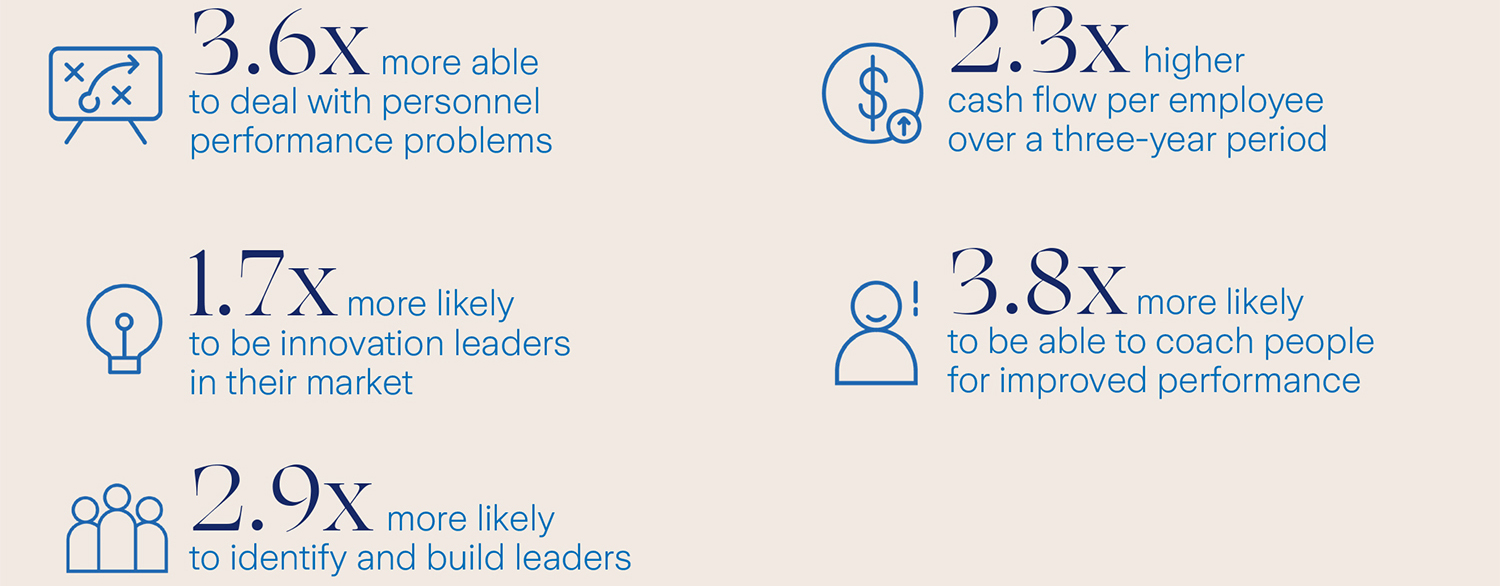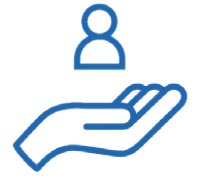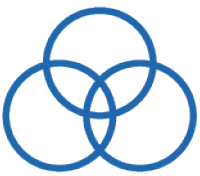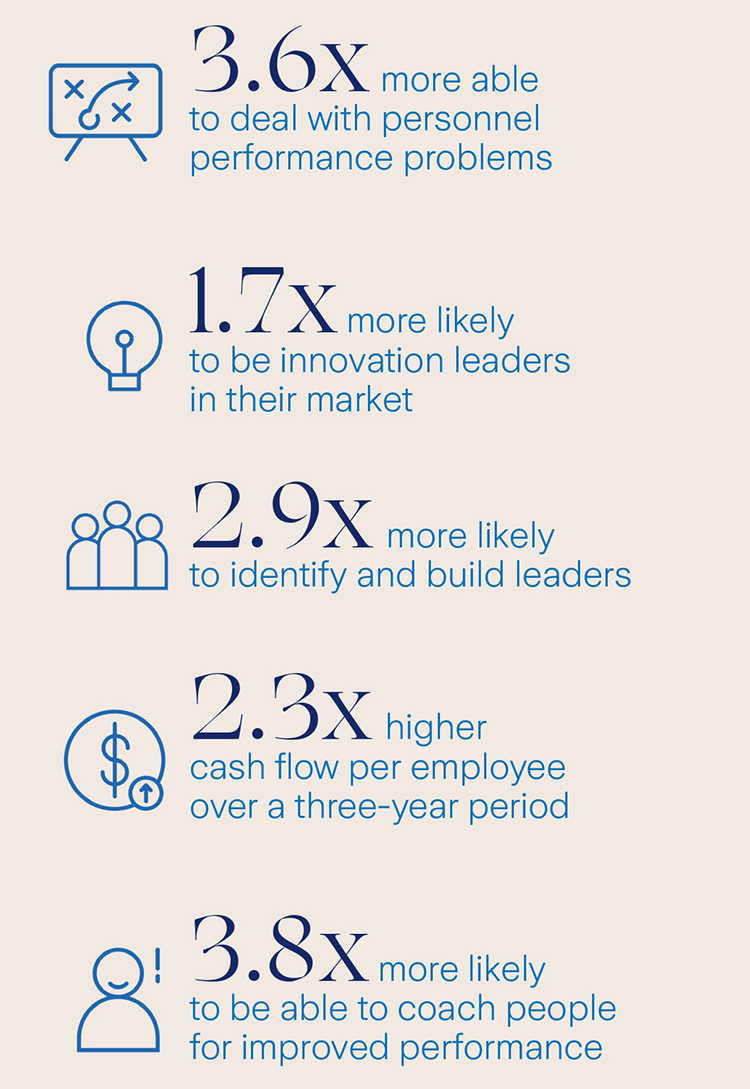Building a Culture
Building a culture of diversity, inclusion, equity and belonging
Why it matters to your people and your business
Every company seeks to be an attractive workplace to join, creating an environment where people are engaged and productive. A good salary, steady raises and regular promotions are no longer enough to attract and retain top talent. Today’s employees seek a culture where they are treated as individuals and valued for their unique perspectives and contributions. Increasingly, companies that demonstrate a strong commitment to diversity and inclusion outperform competitors in talent attraction and retention, employee decision-making and satisfaction, and financial results.
Diversity efforts are more easily tracked through reporting on hiring, composition of workforce and other data. Inclusion then becomes the daily behaviors and actions that make an employee feel valued in their contributions. Fostering an inclusive culture requires developing intentional behaviors each day, which takes leadership commitment and modeling of these desired behaviors among staff.
According to a Bersin by Deloitte research study1 of more than 450 organizations worldwide, companies that embrace diversity and inclusion programs in their cultures experience a higher level of performance:

A diverse workforce is also likely to be more reflective of your customer base, which can result in improved service as well as the development of new products and services to meet the needs of your various target demographics.
Inclusion starts with human connections
In a study by Catalyst, a nonprofit focused on creating more inclusive workplaces, employees indicated that personal connections with team members and colleagues were the most defining experience of inclusion within their organization.3 Strong personal relationships were considered to be respectful, collaborative and transparent in their communication styles. Employees in the study reported feeling included when they experienced both of the following:

A sense of uniqueness where they were recognized and valued for their individual contributions and values these differences.

A sense of belonging, where they were welcomed as part of their team and among colleagues
Feeling valued for uniqueness and having a sense of belonging nurtures employees to behave in more team-oriented and innovative ways. When an employee feels empowered, they are more confident in bringing new ideas to light. They collaborate more successfully and are more productive
A diverse and connected workforce is your growth engine
The business world is always changing and increasingly complex. Adopting new technologies and developing innovative products and services are strategic priorities for any organization. But growth through these methods can’t happen without an engaged and agile workforce. Developing a diverse talent base that feels included will energize your organization and improve its results.
“Am I being inclusive?”
It’s a question every leader, manager and employee must to ask themselves as they seek to make inclusion part of the day-to-day culture. Here are some questions to check your own actions:
- Am I intentionally getting to know my colleagues on a more personal level?
- Do I let someone else run staff meetings?
- Have I called on someone who usually doesn’t speak up in meetings to ask for their input?
- Do I ask people for an opposing or differing view of the situation?
- Am I willing to spend time exploring ideas that I don't initially agree with?

How do you start building a strategy of diversity and inclusion?
- Show commitment starting at the top. The messages and actions from executives and managers set the tone for the entire organization.
- Consider assigning a top executive to sponsor the diversity and inclusion program, even if it is managed by the HR team.
- Create a company statement that explains why diversity and inclusion need to be embedded within the organization, and why they require everyone’s participation. Share it with all employees and post it on your website or other company communication channels.
- Develop measures to track diversity in recruiting and promotion, as well as employee perception and experience of inclusion, and share results throughout the organization.
- Support your teams in achieving diversity and inclusion goals with resources, including outside consultants and management tools.
- Integrate diversity and inclusion strategies in recruitment, performance reviews, leadership assessment and employee training.
- Nurture an open environment that welcomes and seeks out different voices, opinions and perspectives.
- Ensure conflict resolution processes are collaborative.
- Hold everyone accountable for results
Leadership focus and commitment
In a study of 100 top global companies by Thomson Reuters, the consulting giant Accenture took the top spot in the Diversity and Inclusion Index.4 Managing these efforts takes a strategic focus and commitment by Accenture’s leadership.5
- Establishing a diverse board of directors across geographies and genders
- Setting a goal of having women represent 50% of its workforce by 2025 (up from 41%)5
- Being transparent by publishing its workforce data, including data related to gender, ethnicity, persons with disabilities and veterans
- Creating an employee movement and platform
“Research shows direct managers, even more than senior leaders in many cases, have an outsized impact on employees' workplace experiences,” Young says. In addition, companies lacking diversity in top leader positions could be missing out on opportunities for increased innovation, greater financial returns and stronger talent acquisition.
As a society, as a company and as individuals, we can do more to foster diversity, inclusion, equity and belonging. That includes being intentional and vigilant about the daily practice of creating an environment where every employee feels heard and respected, and able to reach their full potential.
For the third year in a row, Zurich Insurance Group has been named to Forbes’ list of “America’s best employers for diversity”6 and makes the top 10 on forbes’ list of “america’s best employers for women”.”7
These rankings are based on a survey of more than 30,000 employees and an examination of employer diversity policies, as well as diversity in executive roles and on boards.
- Bersin, Josh. “Why Diversity and Inclusion Has Become a Business Priority.” JoshBersin.com. 7 December 2015, updated 16 March 2019. https://joshbersin.com/2015/12/why-diversity-and-inclusion-will-be-a-top-priority-for-2016/
- S&P Global. “Demand for Representation.” https://www.spglobal.com/en/research-insights/featured/diversity-in-insurance
- Nugent, Julie S., Alixandra Pollack, and Dnika J. Travis. The Day-to-Day Experiences of Workplace Inclusion and Exclusion. New York. Catalyst, 2016.
- “Thomson Reuters D&I Index Ranks the 2018 Top 100 Most Diverse & Inclusive Organizations Globally.” Thomson Reuters. 6 September 2018. https://www.thomsonreuters.com/en/press-releases/2018/september/thomson-reuters-di-index-ranks-the-2018-top-100-most-diverse-and-inclusive-organizations-globally.html
- “Accenture Ranks No. 1 on Thomson Reuters Index of World’s Most Diverse and Inclusive Companies.” Accenture press release. 6 September 2018. https://newsroom.accenture.com/news/accenture-ranks-no-1-on-thomson-reuters-index-of-worlds-most-diverse-and-inclusive-companies.htm
- “America’s Best Employers for Diversity.” Forbes. 21 January 2020. https://www.forbes.com/best-employers-diversity/#90f05189b9e9
- “America’s Best Employers for Women.” Forbes. 28 July 2020. https://www.forbes.com/best-employers-women/#61b4867de9c4

_____________
5 DEALER PRINCIPAL
